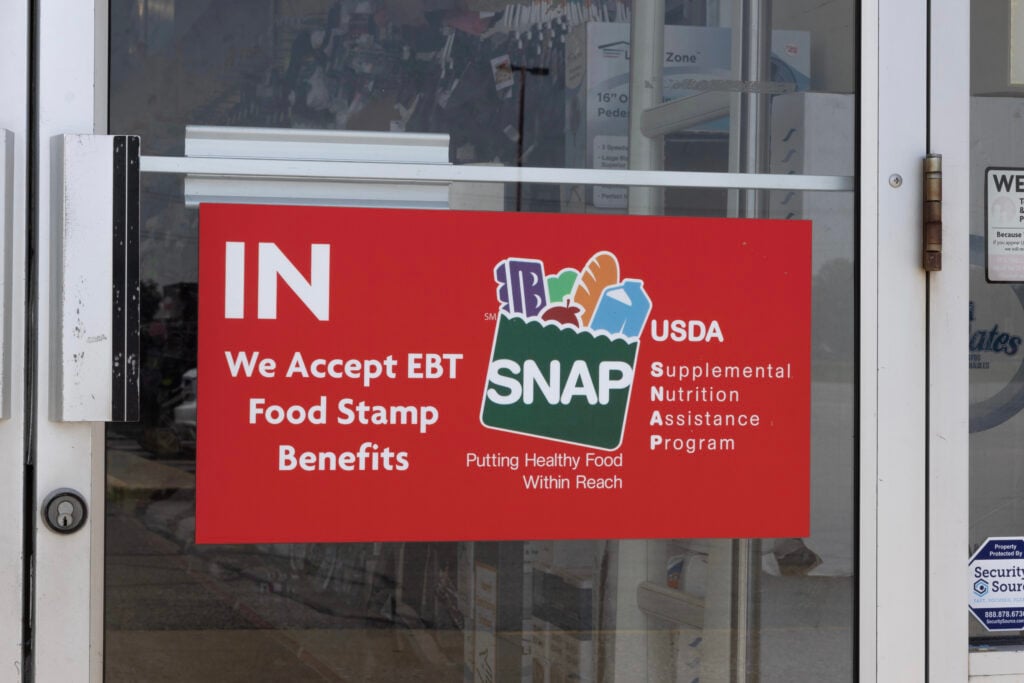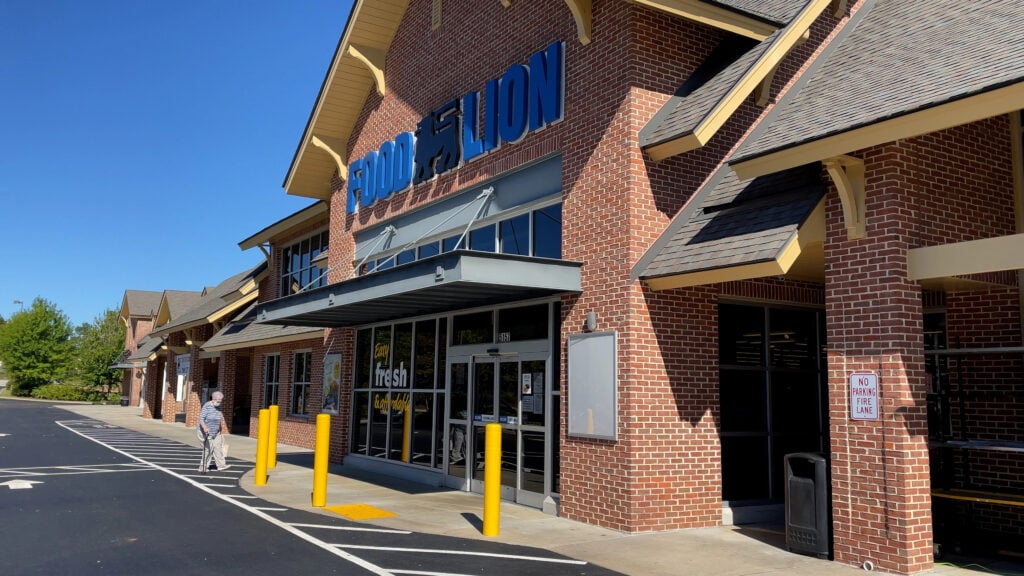
SNAP, or the Supplemental Nutrition Assistance Program, often still referred to as “food stamps,” helps around 41 million people per month have enough food on their plate. Unless Congress acts soon, that won’t happen in November.
That means low-income families across the country, including people with disabilities who are unable to work, elderly individuals, and around 16 million children, are not only wondering if they’ll have a Thanksgiving dinner this year, but are also second-guessing whether they’ll even be able to afford Ramen and rice.
Food banks, churches, and local organizations are working to help make ends meet, but it’s an uphill battle.
Who Is Using SNAP Benefits In The U.S.?

First, let’s address who receives these benefits. Despite persistent stereotypes, there is a work requirement, so SNAP households are households with working adults, with some exceptions for disabled individuals and older adults.
The Center on Budget & Policy Priorities shares that about 62% of households receiving benefits have children under the age of 18, and about 37% have elderly individuals or individuals with disabilities. About 40% of the total number of recipients are children under age 18.
Furthermore, the USDA reports that more than 11% are children under the age of 5. That means that out of 41 million recipients, more than 16 million are minor children, and more than 4.5 million are children under age 5.
There is also an income requirement. A family of three qualifies in 2025 with a gross income of about $33,576 or less and assets valued at or below $3,000.
What Happens In November If SNAP Stops Providing Assistance?
If Congress doesn’t reach an agreement to reopen the government or at least provide a stopgap, SNAP recipients will be among the groups affected. At this time, Coast Guard members and civilian contractors working for the U.S. military don’t expect to be paid either.
Since SNAP benefits are distributed at different times, families may start to feel the effects at various points.
In some states, this will happen within the first few days of November. In Connecticut, for instance, the USDA schedule shows that recipients are divided into three groups alphabetically, with benefits distributed to one group on the first, one on the second, and the last on the third day of the month.
In others, it will be more gradual. Delaware, for example, divides its recipients alphabetically and distributes benefits on the second day of the month, with last names starting with A, on the third day with B, and so on with “X, Y, and Z” receiving theirs on the 23rd.
Other states organize distribution by case number or by Social Security number. Those states may still be distributed within the first few days of the month or gradually throughout the month.
That means some families will miss a SNAP deposit next week, while others will face the struggle later in the month.
Further Complicating Factors For Families

The Government Accountability Office estimates that as many as 275,000 active duty military families qualify for SNAP benefits, as do more than a million veterans.
These are individuals who may also see other effects of the shutdown, especially those who may not receive their next paycheck. They may also miss other benefits, forcing them to stretch their budget even further.
WIC benefits may also disappear for many. That’s the Women, Infants, & Children program, which provides specific foods (like milk, cheese, bread, eggs, and produce) to low-income pregnant women, infants, and children under age 5. This program also provides infant formula and, in some cases, specialty formula, such as for children with a feeding tube, those who can’t tolerate lactose, and those with other food sensitivities. Out of pocket, these formulas can be costly.
Some states have said they’ll work to keep WIC funded, but that still leaves many mothers wondering how they’ll cover the cost of baby formula next month.
As an added complication, food banks are already struggling with lost federal funding, meaning that with military families and SNAP households getting in line, things will be stretched even thinner.
Where Are Families Turning For Support?

Though food banks are already stretched thin, they’re working hard to keep up with the need. Many of them are reaching out for extra volunteer hours and food donations from those who can give.
Some grocery stores are stepping up. In my area, the Food Lion chain is doing so. A food bank employee recently told me that almost everything on their shelves at the moment was donated by Food Lion. Other grocery chains and food distributors who are donating include H.E.B., Walmart, Kroger, Publix, Trader Joe’s, and Aldi.
Many churches and schools are also taking extra steps. Some churches are incorporating food drives into their fall festivals, and schools are redoubling their efforts to ensure that kids have access to food. Many have programs that send home a grocery bag full of food to kids in need on weekends.
Local organizations are working together to boost support, too. In my area, I’ve seen individuals volunteering to collect donations and deliver them to the food bank, and working to organize others to participate.
What Can You Do To Help Families Who Rely On SNAP?
If your family is in need, start with your local food bank. They can offer direct support by providing food, and are also usually good resources for information. They may be able to tell you where to get additional help.
Your child’s school is another good step. There, you can request to be added to any food support programs they offer, and they’ll also connect you to any other available resources.
Local churches can also be a good option. If you’re not sure which ones to reach out to, start by checking their websites or social media pages. If they’re doing outreach, they’ll usually have a post sharing information.
If you’re able to donate to help others, these are the same organizations you’ll want to make connections with. Remember that food banks can often buy in bulk, so donating cash is usually better than donating purchased items. You can check with your specific organization to be sure, and any donation helps.
As always, you can also reach out to your elected representatives to let them know what you think and what actions you’d like to see from them!

